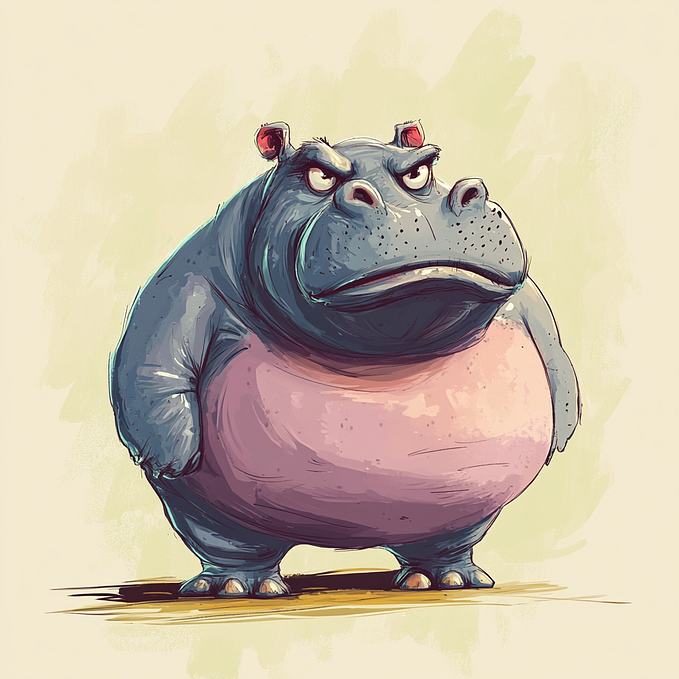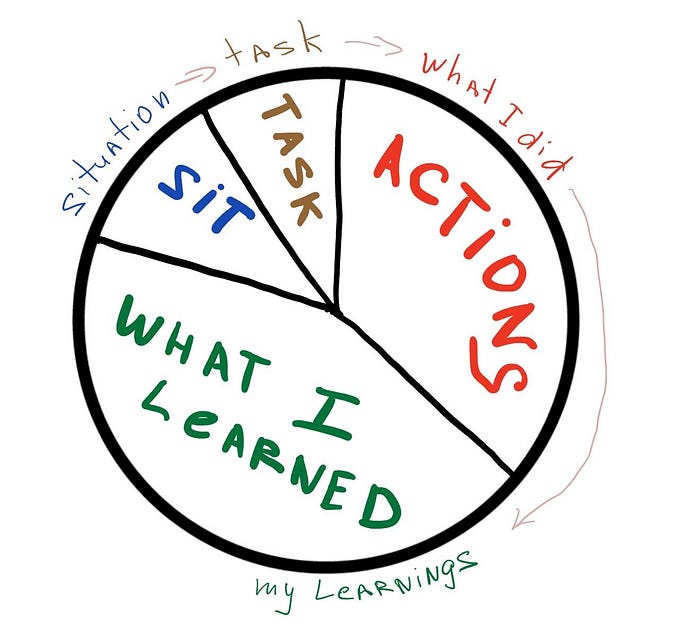
Human emotions. How to design products loved by millions of people
Autumn 2020. We’re working on the concept of the next-gen AI app for large European corporations. We’ve just presented a product concept to the group stakeholders, a pixel-perfect prototype that covered critical interaction scenarios. Stakeholders played with a prototype for a while, discussed it internally, and returned to us with feedback “It’s a good design, but…we don’t like how it feels.” After a series of questions, it became evident that it’s hard for stakeholders to verbalize what they don’t like about the concept.
Finding what caused such feedback is an exciting design challenge, and we’ve joined it. In this article, I want to describe how we’ve overcome this challenge.
Brainstorming
Next day, our product design team gathered together at a brainstorming session. The session started with a simple question “Does anyone know what is wrong with this design?” Team members suggested a lot of ideas, and here are a few of them:
“I think they don’t like the color palette. Maybe instead of pale colors we should use more vibrant colors?”
“The set of icons we’ve used look dated..”
“No no no. It’s not about visuals, it’s about motion design! We need to play with timing in animated effects!”
The problem is — none of these ideas were correct.
“We don’t like how it feels”
The answer to our problem lies right in front of us. It was a part of the feedback that stakeholders provided.
Think about this sentence for a moment. And then try to think about the product you use daily. Most of them get things done really well — the functionality they offer helps you achieve your goals efficiently and effectively. And some of them have attractive designs.
But how do they make you feel? Do they make you feel good? Do you feel happy using them? Many times the answer to this question is “No.”
The thing is — every design evokes emotions, every design object sends a signal to our brains. But emotional repose is much deeper than what we have on a surface level (level of visual and interaction design).
The value of human emotions
When we think about the word “feel,” the first thing that comes to mind is human emotions. Emotions are a part of being human. We understand the world emotionally, and without emotions, we cannot exist fully as human beings.
Emotions are at the heart of how we interpret reality. They give colors to our life.
Emotions are responsible for the best moments and worst moments of our life. If you’re at your house, take a look around. You likely notice that you have an emotional connection to many things around you. As for me, I see a coffee cup that I bought during the spring trip to Paris or an old teddy bear with only one eye because my dog loves playing with it. Those two things aren’t expensive products, but I still love them because of the emotions and memories they give me.
Some interesting facts about human emotions
Perhaps the most important thing about human emotions is that they can influence our decisions. We make decisions with our emotional brain and then justify them with our cognitive brain (logic). That’s precisely why people often make spontaneous actions and use rational thinking to explain why they did something.
Here are a few interesting facts about human emotions:
- It can be challenging for people to name emotions. Human emotions are one of those rare things in the world that sometimes cannot be explained in plain words. We cannot find the right words to express how we feel.
- People have different preferences and tempers. Humans are very complex substances. We all have different preferences — things and events we like and dislike. Plus, we have different tempers. For example, some of us get tired faster than others.
- Not only positive emotions matter. It might sound awkward but negative emotions can be as important as positive ones. Negative experiences help users avoid making the same mistakes twice. We typically remember our failures much better than our success.
Design should be able to decode user emotions
Product designers aren’t decorators; they are psychologists who understand people on different levels — from the basic needs (such as goals users try to accomplish) to more specific things (such as what users like or dislike or how they behave in different situations). Emotional journeys are paramount when it comes to product design because all of the user’s actions will be affected by emotion.
Designers have to learn their target audience and create designs that reach the heart of users and makes them happy:
Don Norman defines three levels of emotional design — visceral, behavior, reflective. You should design a product that has all three layers.
Visceral
Visceral level is about attractiveness / aesthetics
First impressions affect reactions. The first time the user interacts with a product is by far the most important moment in user interaction. It takes a few seconds for people to form their opinion about the product. The initial impression is subconscious (we don’t think about it), and a significant part of the opinion will belong to how the product looks.
Visible qualities of an interface — page layout and its styling (typography, imagery, colors, animation) should work together to create an excellent emotional appeal.
Behavior
Behavior level is about usability / functionality / performance
The user impression is formed based on how the product behaves (How easy or difficult is it to complete tasks in products. How fast is the product working?) A slow product that puts the significant cognitive effort on users most likely won’t create a positive emotional response.
Reflective
Reflective level is about brand image / cultural image the product portraits (i.e. iphone user)
This level is about the user’s reflection about the product formed before, during, and after using a product. When people enjoy using a product, they form emotional bonds with it. Such users become product advocates — they tell their friends about the product.
How to design for emotions
When we design for emotions, we create the emotional-centric design, which establishes a strong emotional connection between the product and the user.
Good product design connects with people on a personal level.
That’s why the first thing that designers should do is to invest their time and energy in user research. When you genuinely understand your users you can design to satisfy them.
Here is how we designed for three layers of emotional design:
Create attractive design (visceral)
“Attractive things work better.” In his book, “Emotional Design”, Don Norman explains how attractive things trigger our creativity and make people more tolerant of product minor difficulties.

Give your design a personality (visceral)
Use visual attributes that will make the product stand from the crowd. A strong personality can help you create a truly remarkable first-time experience. Use design elements that none of your competitors use in their product.

Engage users as a character (behavioral)
Introduce elements in design that will make users feel like the system truly knows them. Design a product to make users believe they interact with a friend rather than a digital app.
Use right tone of voice (behavioral)
Words are really powerful tools. They can trigger emotional responses from users. Find a tone of voice that will resonate with your audience.
Create memorable moments in user journey (reflective)
Memorable experiences will likely stay in human memory for a longer period. You can surprise users by introducing unconventional design decisions but ensure that you don’t sacrifice usability.

“So, how did the story end?”
It ended well. We invested more effort in user research, framed some assumptions around what might spark a positive emotional response to the audience, created a prototype, and validated it with the target audience. The next time we met with stakeholders, we had bulletproof arguments about why our design would make their users feel good.
The opening sentence for our presentation was
“Emotions make experience.”
Originally published at whitelight.co
Want To Learn UX?
Try Interaction Design Foundation. It offers online design courses that cover the entire spectrum of UX design, from foundational to advanced level. As a UX Planet reader, you get 25% off your first year of membership with the IxDF.
This post contains affiliate link(s)









